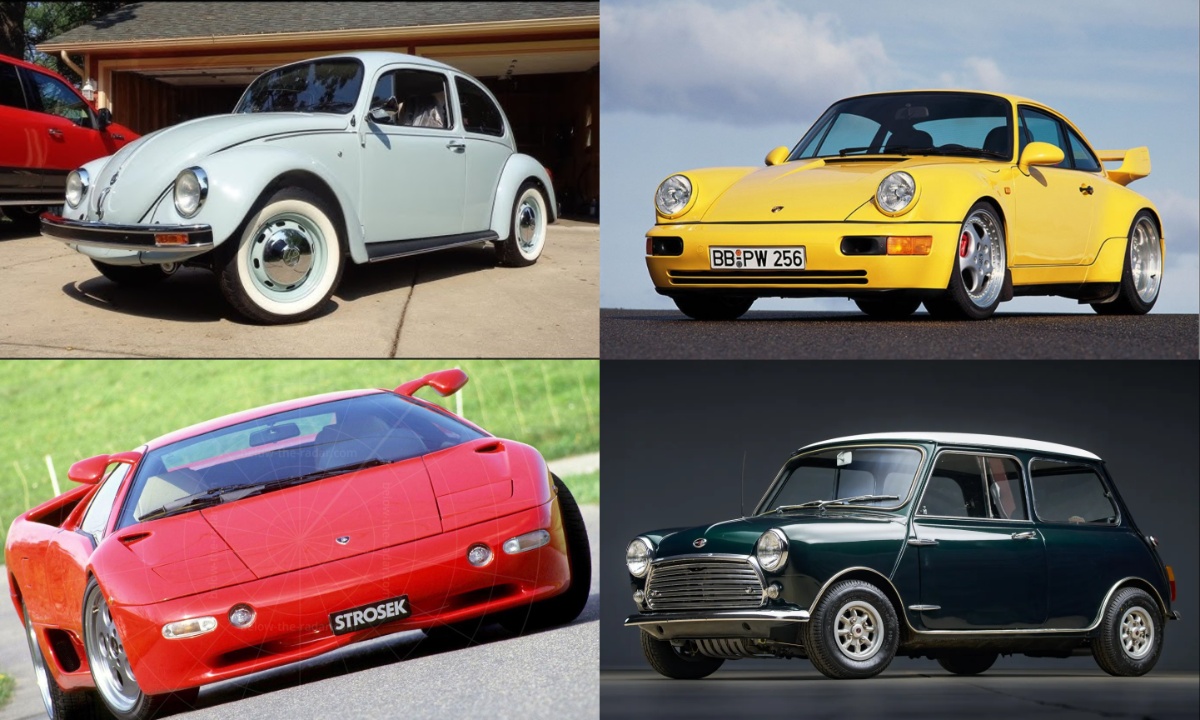European auto manufacturers have crafted some of the most desirable cars in the world, but not all of them make it to the United States. Stringent safety and environmental regulations often prevent these vehicles from being imported, leaving American enthusiasts yearning for machines they may never drive.
While some of these cars are simply too costly to modify for U.S. compliance, others remain out of reach due to production limitations or economic impracticalities. Nevertheless, many of these automobiles have developed legendary status among collectors and fans. Here are ten of the most sought-after European cars that were, at some point, banned in the U.S.
1. Porsche 959: The Technological Marvel
When Porsche designed the 959 in the 1980s, it was a technological masterpiece ahead of its time. Built for the Group B rally series, the 959 featured cutting-edge digital controls, an all-wheel-drive system, and a powerful twin-turbocharged engine. However, because Porsche refused to crash-test multiple models to meet U.S. standards, the car was never officially sold stateside.
Despite this setback, some determined enthusiasts lobbied for a special exemption, leading to the introduction of the “Show or Display” law, which allowed limited imports of the 959 under strict mileage restrictions.
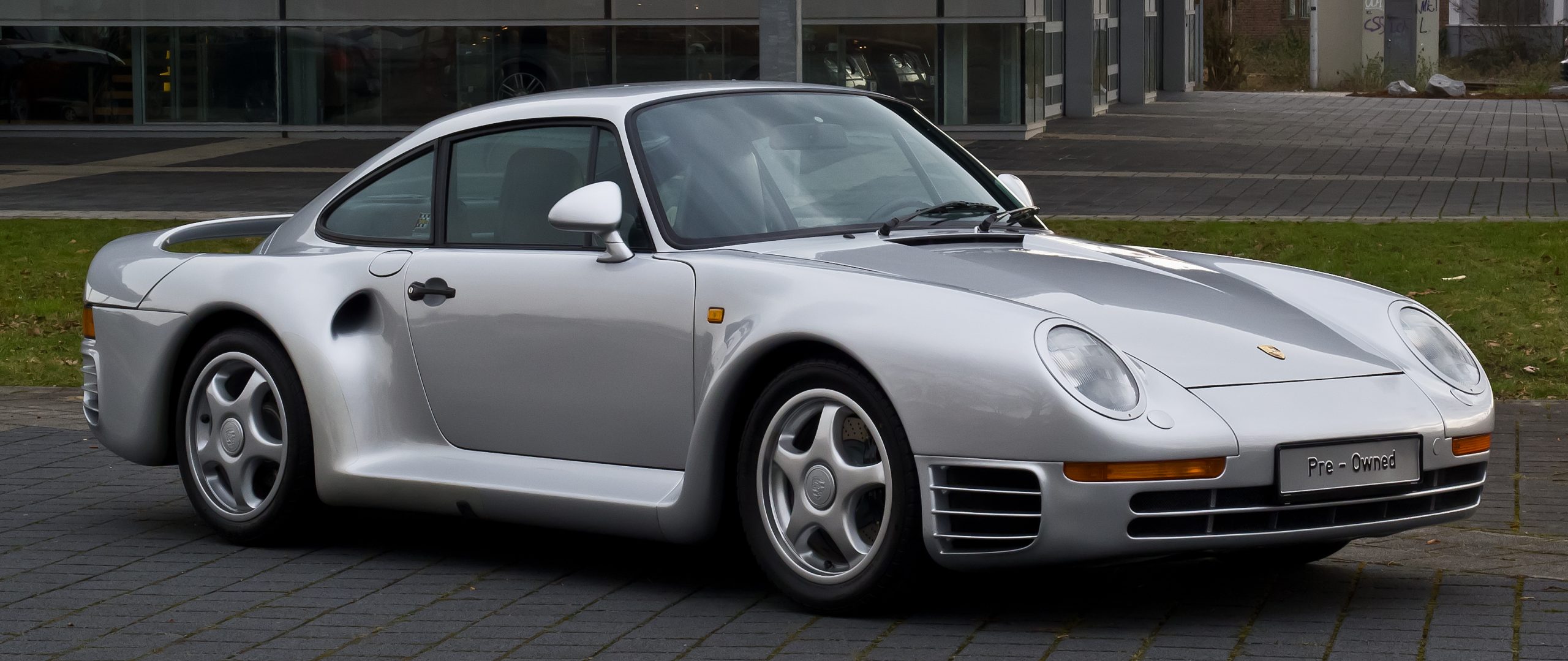
The 959’s influence extended beyond its time, serving as a technological testbed for future Porsche models, including the all-wheel-drive system that later became standard in the 911 Turbo. Even today, the 959 is regarded as one of the most significant supercars ever built, with collectors paying millions to acquire one.
2. Nissan Skyline R34 GT-R: The JDM Legend
The Nissan Skyline GT-R is one of the most revered performance cars in automotive history. The R34, produced from 1999 to 2002, became an icon thanks to its role in racing culture, video games, and films. However, due to strict import regulations, it remained illegal in the U.S. until it reached the 25-year exemption rule in 2024.
The R34’s advanced all-wheel-drive system, tunability, and raw performance made it highly sought after, and now that it’s legal, American enthusiasts are eagerly importing it at a premium.
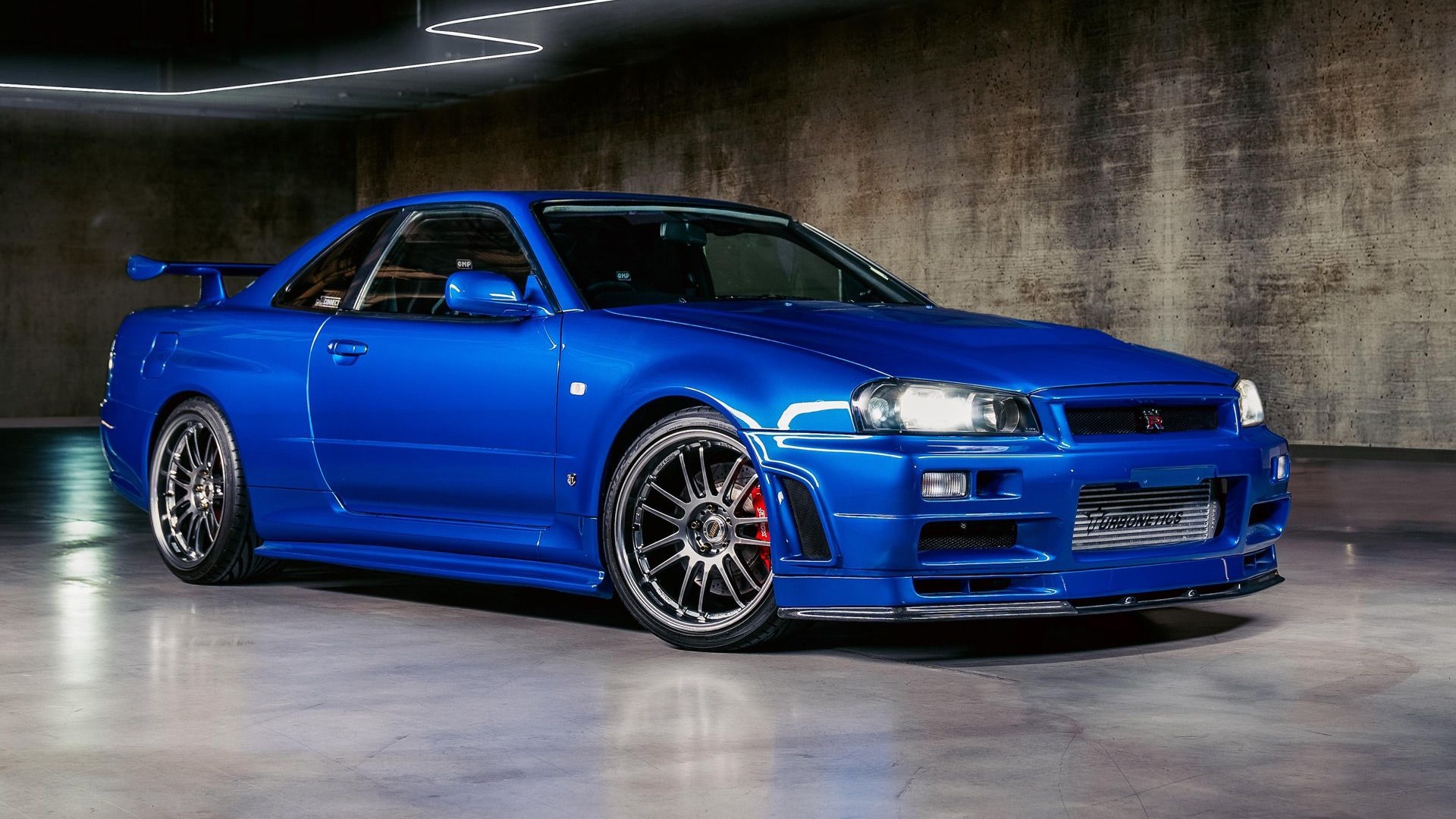
The R34 GT-R’s advanced RB26 engine was built to withstand extreme modifications, with tuners extracting upwards of 1,000 horsepower from the block. This adaptability, combined with its lightweight chassis and precise handling, solidified its reputation as one of the greatest sports cars ever made. Now that it is legally available in the U.S., demand has skyrocketed, pushing prices to unprecedented levels.
3. Volkswagen Type 1 Beetle (Mexican Edition): The Extended Classic
While the original VW Beetle was a massive success in the U.S., production continued in Mexico long after it had been discontinued elsewhere. These later versions, produced until 2004, featured modern upgrades like fuel injection and halogen headlights.
However, U.S. safety and emissions regulations prevented their import. Now that these Mexican Beetles are aging into eligibility, they offer a unique blend of nostalgia and modern convenience for collectors and enthusiasts alike.
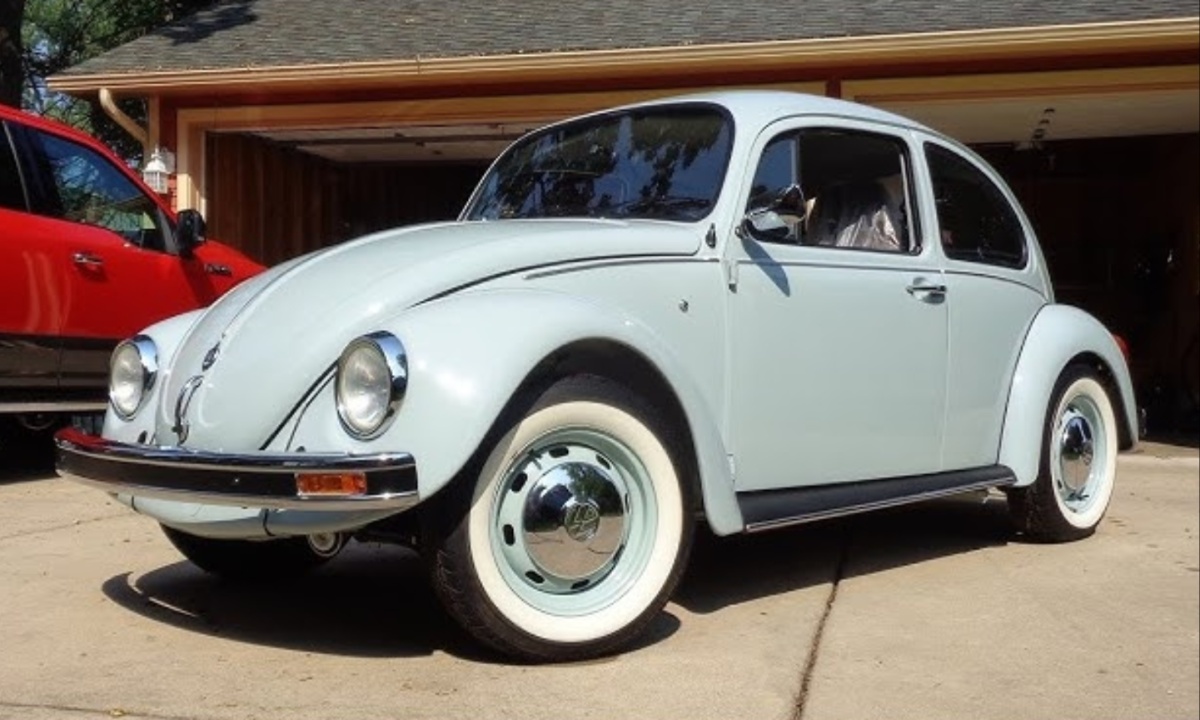
Despite its antiquated design, the Beetle’s simplicity remains its greatest asset. Owners appreciate its ease of maintenance and affordability, and the Mexican-built models offer a rare opportunity to own a “newer” classic Beetle. As they cross the 25-year import threshold, they will likely become popular choices for vintage car lovers.
4. Jaguar XJ220: The Unrealized Supercar
The Jaguar XJ220 was envisioned as the fastest car in the world, initially promised with a V12 engine but ultimately delivered with a twin-turbo V6. Despite setting speed records, its limited production and high cost made federalization for the U.S. market impractical. With only 281 units produced, few have made it to American roads, though recent 25-year exemptions have allowed dedicated collectors to finally bring them in legally.
The XJ220 remains a polarizing vehicle. While it was incredibly fast, enthusiasts were disappointed by the last-minute engine swap. However, its sleek design, racing heritage, and limited production numbers ensure its place in supercar history. Today, restored models command high prices at auctions, with collectors appreciating their unique place in automotive lore.
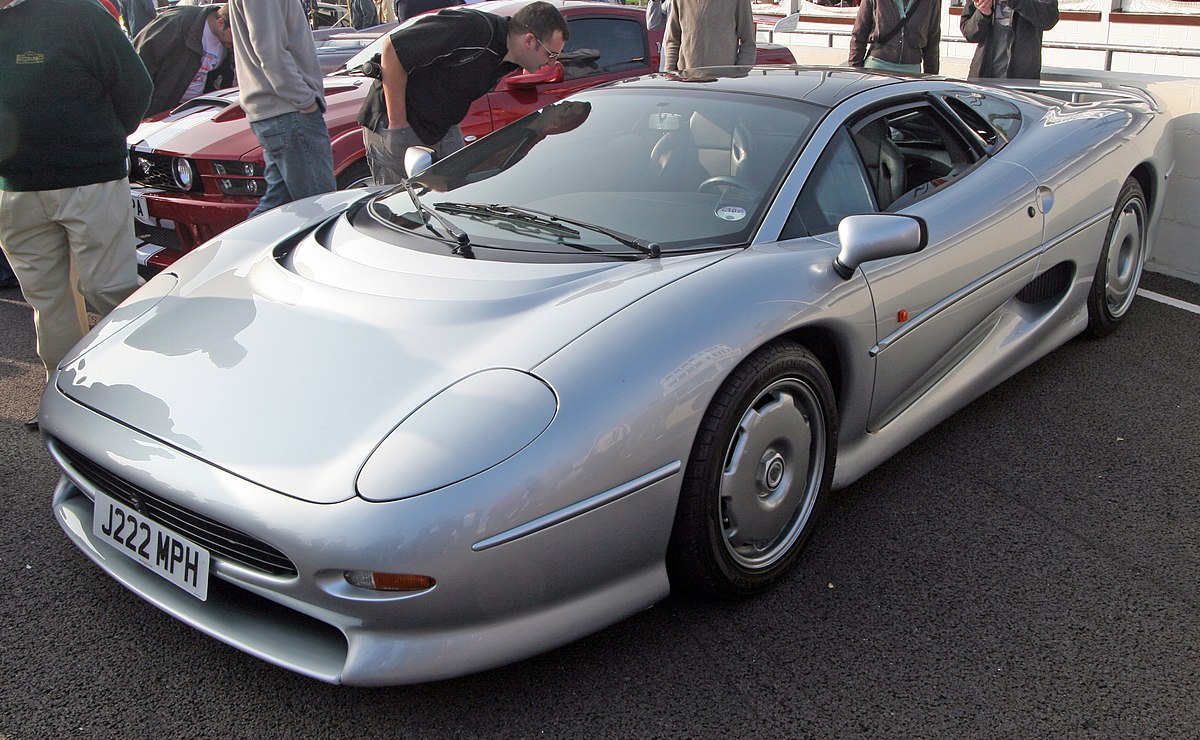
5. Lamborghini Diablo Strosek: The Forbidden Custom
The Lamborghini Diablo was already an extreme supercar, but German tuner Strosek took it further with radical modifications, including unique headlights, bumpers, and high-mounted side mirrors.
Unfortunately, these modifications made the car non-compliant with U.S. regulations, barring its official importation. Some examples have since become eligible under the 25-year rule, but the heavily modified later versions remain out of reach for now.
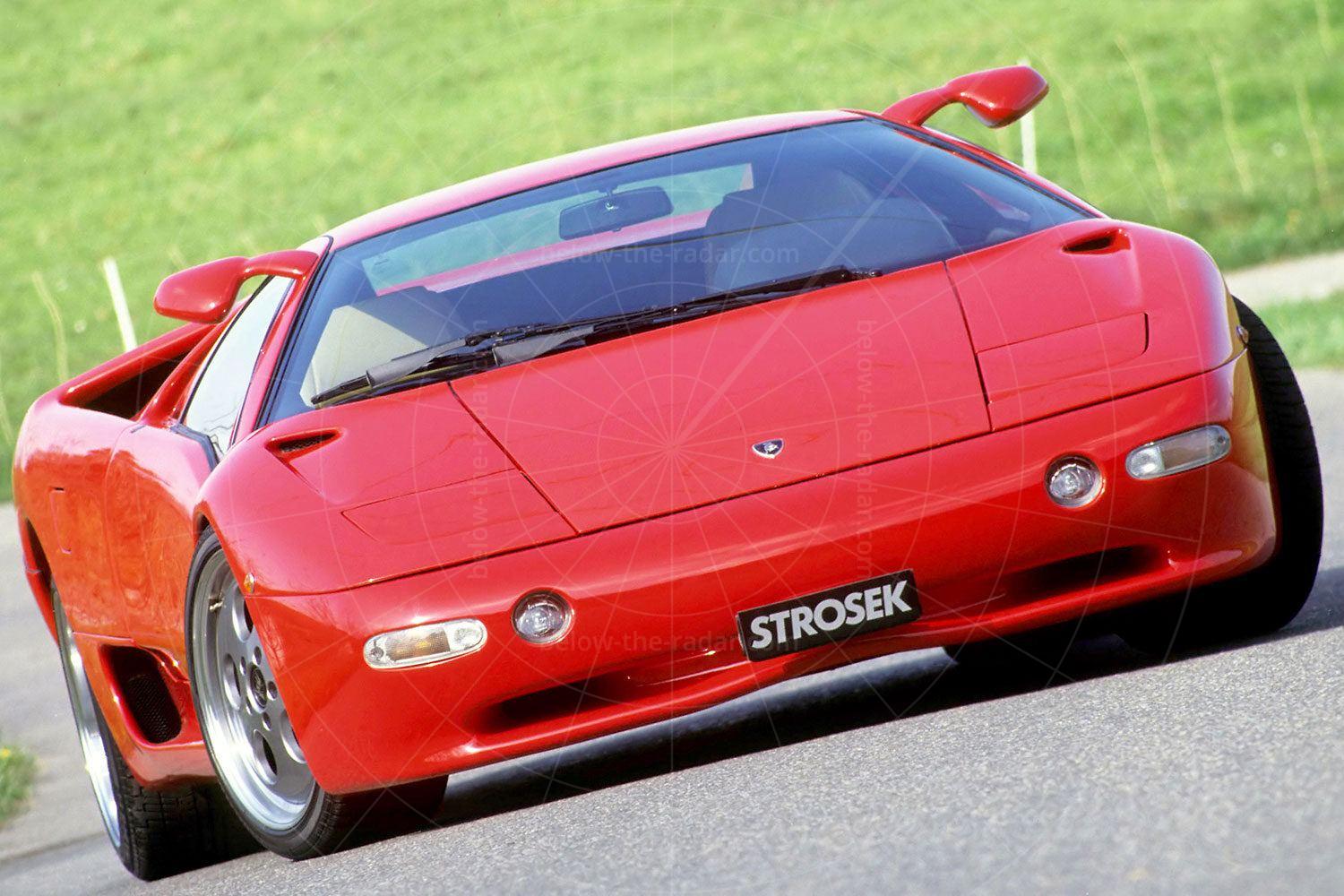
Also Read: 10 Best Amphibious Vehicles Ever Built That Master Land and Water
6. Fiat 126P: The Polish Icon
While Fiat’s tiny 126P was a staple in Eastern Europe, it was never sold in the U.S. due to economic and regulatory barriers. Designed for Communist Poland’s restricted car market, it was a simple yet beloved vehicle.
Although its small two-stroke engine likely wouldn’t have passed U.S. emissions tests, the car’s quirky charm and affordability make it a sought-after classic today, especially for fans of vintage microcars.
The 126P’s enduring popularity stems from its ruggedness and practicality. Many Eastern European families owned one, and today, its nostalgic appeal has led to a surge in collectors seeking well-preserved examples. As a piece of automotive history, the 126P holds a special place in the hearts of car enthusiasts.
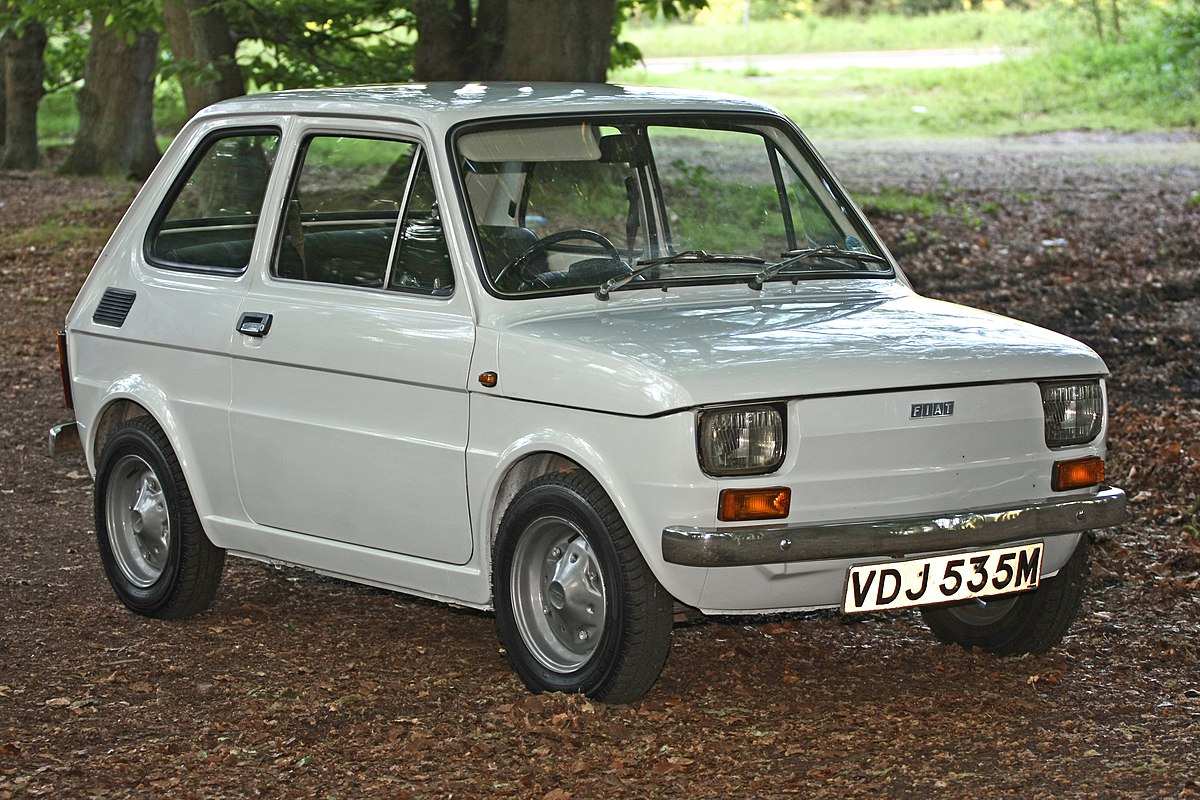
7. BMW M3 Sport Evolution III: The Ultimate E30
The BMW E30 M3 is a legend among enthusiasts, but the ultra-rare Sport Evolution III took things to another level. Featuring a larger 2.5L engine, performance upgrades, and an aerodynamically refined body, it was a track-focused machine never intended for U.S. roads. Limited to just 600 units, these cars have become extremely valuable, and their legal status in the U.S. has only added to their mystique.
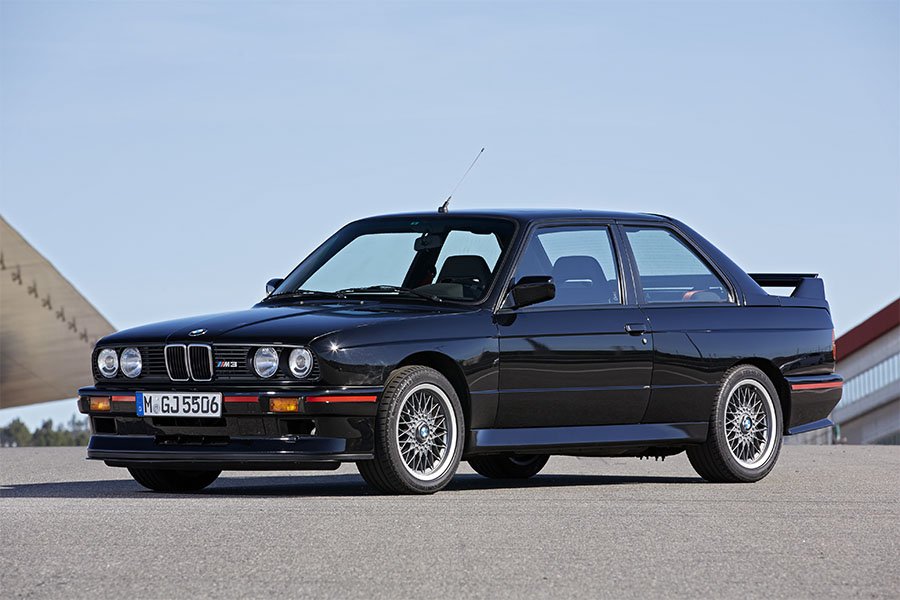
8. Mazda Cosmo: The Rotary Luxury Coupe
Mazda’s Cosmo was the first production car to feature a rotary engine, setting the stage for the brand’s future performance models. The Eunos Cosmo of the 1990s was the most advanced version, featuring a twin-turbo three-rotor engine and luxury features ahead of its time.
However, Mazda never exported it outside of Japan, and U.S. regulations kept it off American roads until recently. Today, the Cosmo remains a prized rarity among rotary enthusiasts.
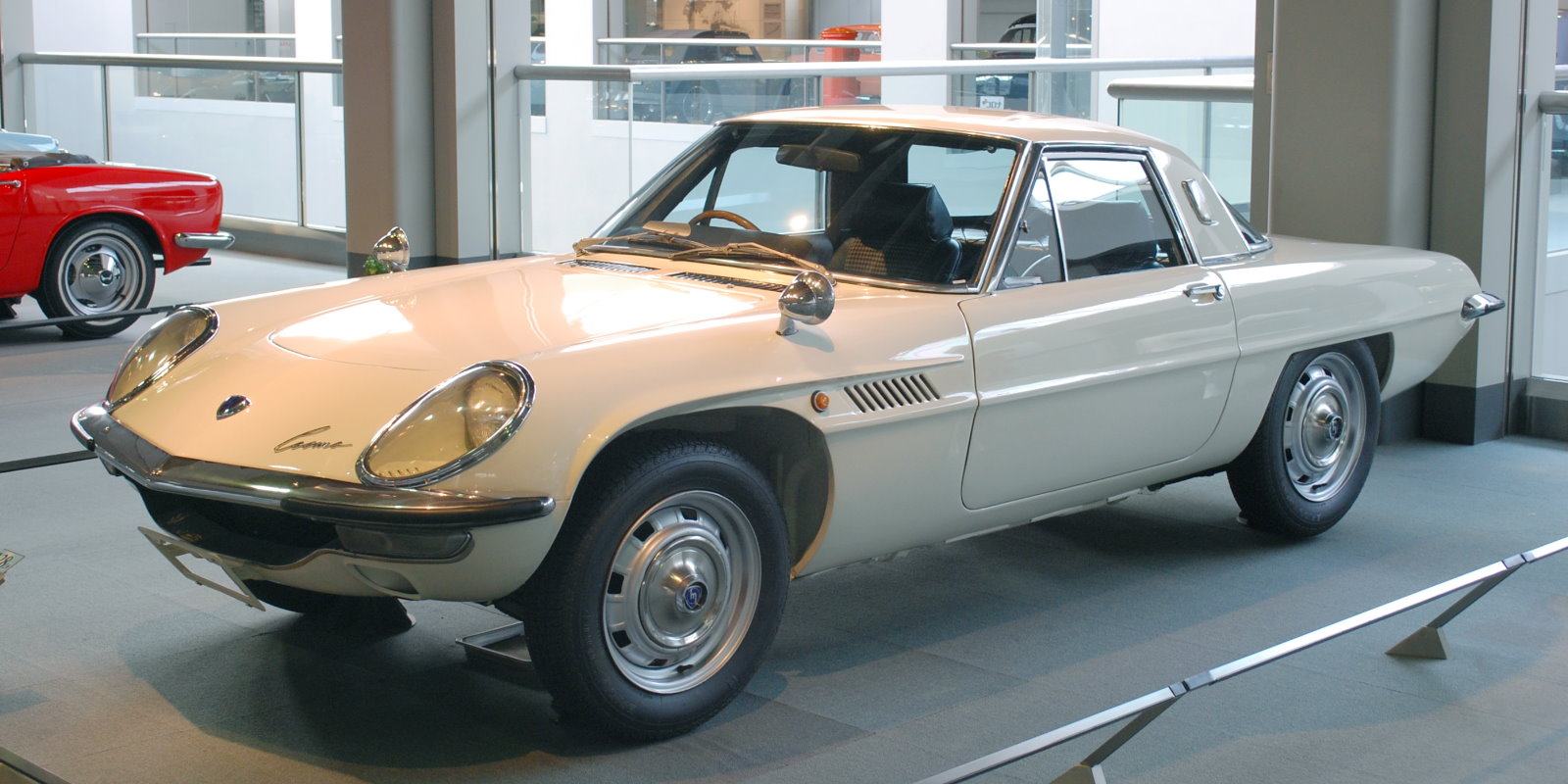
9. Rover Mini (Post-1967): The Classic That Kept Evolving
The original Mini became an icon of British motoring, but after 1967, it was no longer sold in the U.S. due to regulatory changes. Despite this, production continued in various forms until 2000, with Rover making subtle updates to the beloved design.
Because these later models were never certified for American roads, they remained illegal for decades. Now, as they reach 25 years of age, classic Mini fans can finally import these later versions legally.
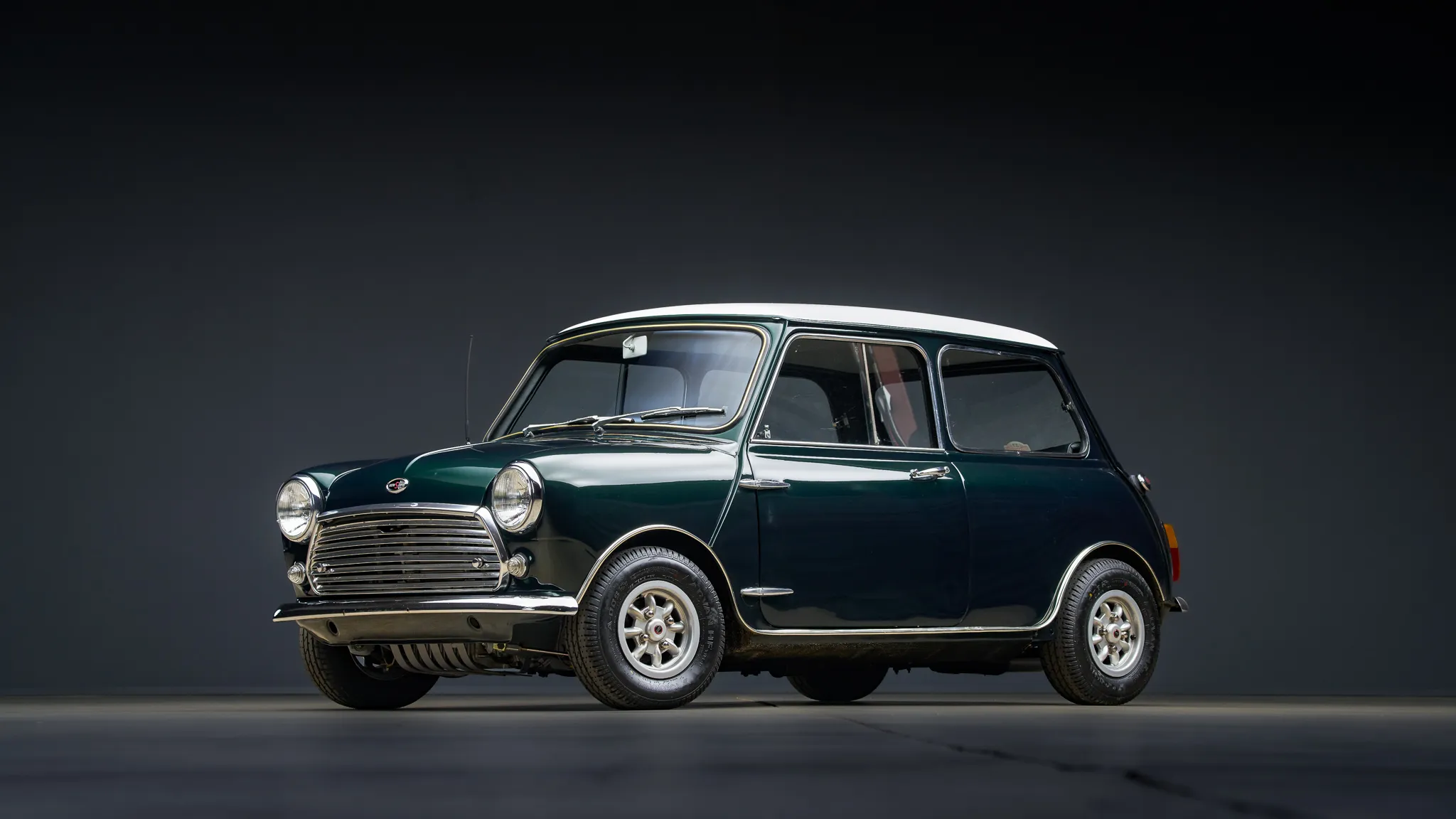
10. Porsche 964 Carrera RS: The Stripped-Down Racer
Porsche’s Carrera RS models have always been purist driver’s cars, emphasizing performance over comfort. The 964 Carrera RS, released in the early ‘90s, was an extremely lightweight version of the 911 with upgraded suspension and a more powerful engine.
Porsche never officially sold it in the U.S., fearing it wouldn’t meet regulations. While Porsche later released a watered-down RS America version, the original remains the more desirable car, now eligible for import under the 25-year rule.
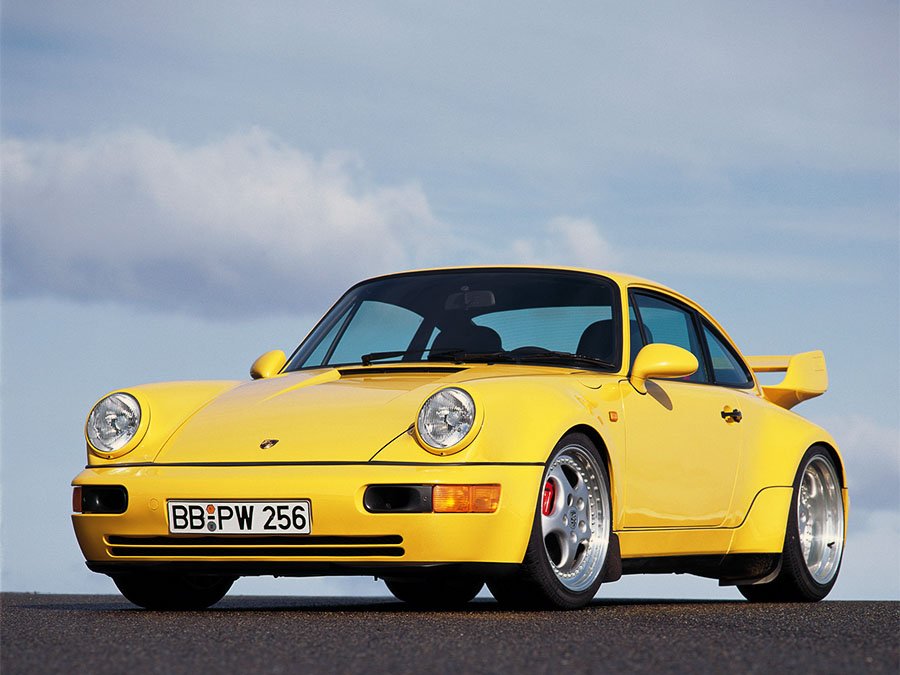
The allure of forbidden cars lies in their exclusivity and unique engineering. Many of these models were banned due to regulatory hurdles, making them all the more desirable for enthusiasts who long for what they cannot have.
Fortunately, time has allowed many of these machines to become legally importable, giving American collectors a chance to finally own and drive the legends they once only dreamed of. Whether it’s a rare Porsche, a JDM icon, or a quirky European microcar, these vehicles continue to captivate and inspire generations of car lovers.
Also Read: 10 Best Road Trip Cars for Long-Distance Comfort And Luxury

